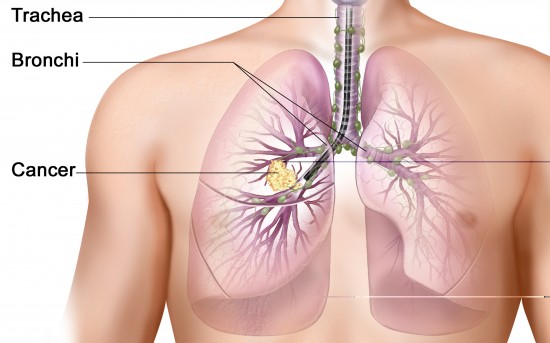According to World Health Organization database list of top 10 causes of death is arranged in all over the world. Causes includes Accidents, diseases and infections.
10. Road traffic accidents
1.21 millions deaths
2.1% of deaths
Human factors in accidents include all factors related to drivers and other road users that may contribute to a collision. Examples include driver behavior, visual and auditory acuity, decision-making ability, and reaction speed.
A 1985 report based on British and American crash data found driver error, intoxication and other human factors contribute wholly or partly to about 93% of crashes.
9. Diabetes mellitus
1.26 millions deaths
2.2% of deaths
Diabetes mellitus, often simply referred to as diabetes, is a group of metabolic diseases in which a person has high blood sugar, either because the body does not produce enough insulin, or because cells do not respond to the insulin that is produced. This high blood sugar produces the classical symptoms of polyuria (frequent urination), polydipsia (increased thirst) and polyphagia (increased hunger).
There are three main types of diabetes:
- Type 1 diabetes: results from the body’s failure to produce insulin, and presently requires the person to inject insulin.
- Type 2 diabetes: results from insulin resistance, a condition in which cells fail to use insulin properly, sometimes combined with an absolute insulin deficiency.
- Gestational diabetes: is when pregnant women, who have never had diabetes before, have a high blood glucose level during pregnancy. It may precede development of type 2 DM.
8. Tuberculosis
1.34 millions of deaths
2.4% of deaths
Tuberculosis (TB) is an infection, primarily in the lungs (a pneumonia), caused by bacteria calledMycobacterium tuberculosis. It is spread usually from person to person by breathing infected air during close contact. TB can remain in an inactive (dormant) state for years without causing symptoms or spreading to other people. When the immune system of a patient with dormant TB is weakened, the TB can become active (reactivate) and cause infection in the lungs or other parts of the body. The risk factors for acquiring TB include close-contact situations, alcohol and IVdrug abuse, and certain diseases (for example,diabetes, cancer, and HIV) and occupations (for example, health-care workers). The most common symptoms and signs of TB are fatigue, fever, weight loss, coughing, and night sweats.
7. Trachea, bronchus, lung cancers
1.39 millions of deaths
2.4% of deaths.
Lung cancer is a disease characterised by uncontrolled cell growth in tissues of the lung. If left untreated, this growth can spread beyond the lung in a process called metastasis into nearby tissue and, eventually, into other parts of the body. Most cancers that start in lung, known as primary lung cancers, are carcinomas that derive from epithelial cells. Worldwide, lung cancer is the most common cause of cancer-related death in men and women, and is responsible for 1.3 million deaths annually. The most common symptoms are shortness of breath, coughing (including coughing up blood), and weight loss.






